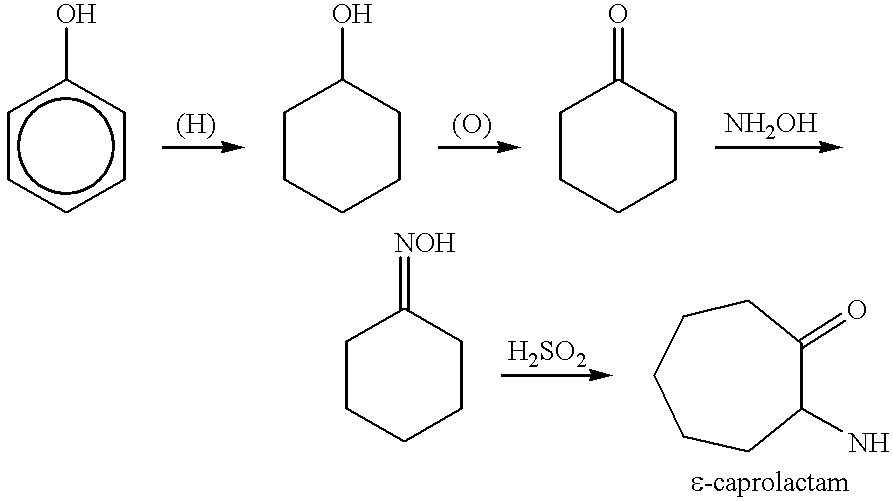Process for the production of a polymerized material and the product produced thereby
a polymerized material and polymer technology, applied in the field of polymerized material production and the product produced thereby, can solve the problems of reducing the impact resistance of composite materials, affecting the adhesion of fiber-reinforced plastics between the matrix and the fiber or filler particle surface, and affecting the adhesion of fiber-reinforced plastics, so as to facilitate the injection process. the effect of low viscosity of the monomer
- Summary
- Abstract
- Description
- Claims
- Application Information
AI Technical Summary
Benefits of technology
Problems solved by technology
Method used
Image
Examples
Embodiment Construction
The following examples serve to more fully describe the invention.
The example was conducted according to the preferred embodiment of the process as described above except where otherwise indicated. For instance, the first mixing step and the second mixing step were performed using the same portion of the amount of heated organic amide monomer, wherein the first mixing step was performed prior to the second mixing step. As stated, in the preferred embodiment, the first mixing step and the second mixing step are performed using two separate portions of the amount of the heated organic amide monomer, which portions are subsequently combined for the performance of the polymerization step. It is anticipated for the reasons discussed above that the data and findings resulting from the performance of this preferred process will be comparable or superior to the data and findings set out below for the process as performed in the example.
In the example, 90 g. of dry .epsilon.-caprolactam was ...
PUM
| Property | Measurement | Unit |
|---|---|---|
| temperature | aaaaa | aaaaa |
| temperature | aaaaa | aaaaa |
| temperatures | aaaaa | aaaaa |
Abstract
Description
Claims
Application Information
 Login to View More
Login to View More - R&D
- Intellectual Property
- Life Sciences
- Materials
- Tech Scout
- Unparalleled Data Quality
- Higher Quality Content
- 60% Fewer Hallucinations
Browse by: Latest US Patents, China's latest patents, Technical Efficacy Thesaurus, Application Domain, Technology Topic, Popular Technical Reports.
© 2025 PatSnap. All rights reserved.Legal|Privacy policy|Modern Slavery Act Transparency Statement|Sitemap|About US| Contact US: help@patsnap.com



